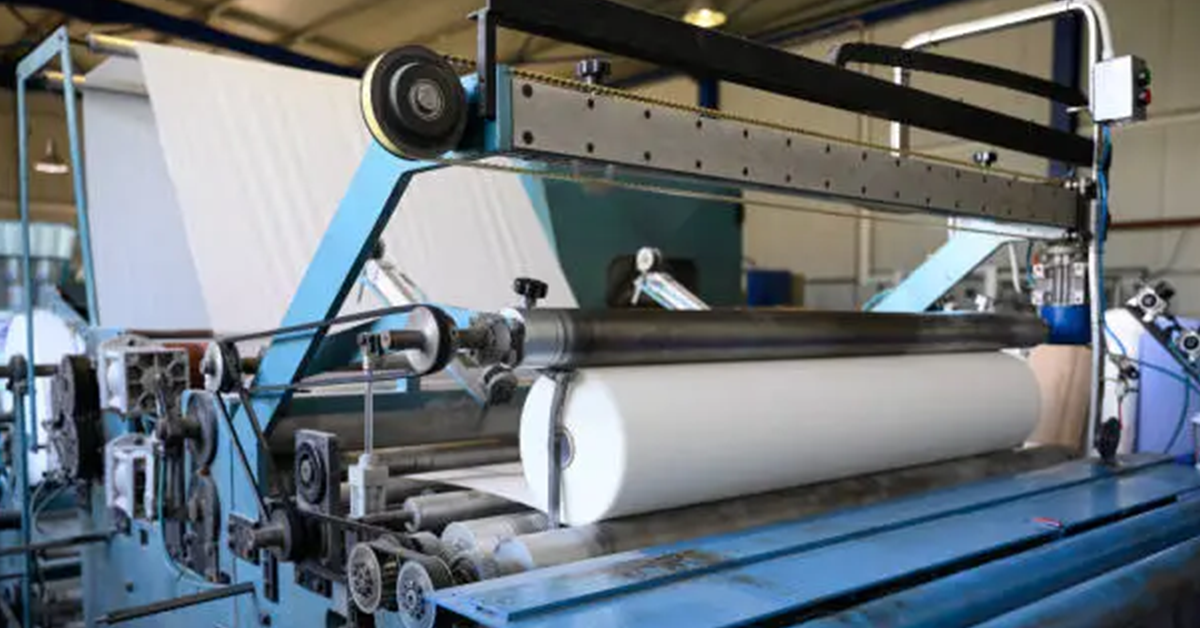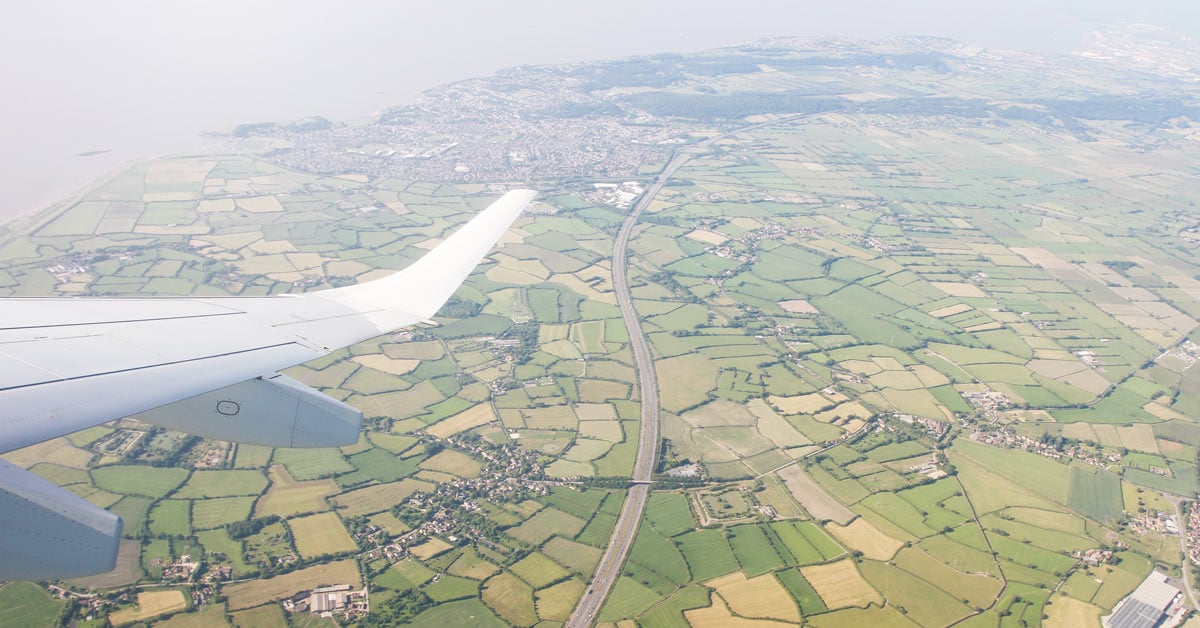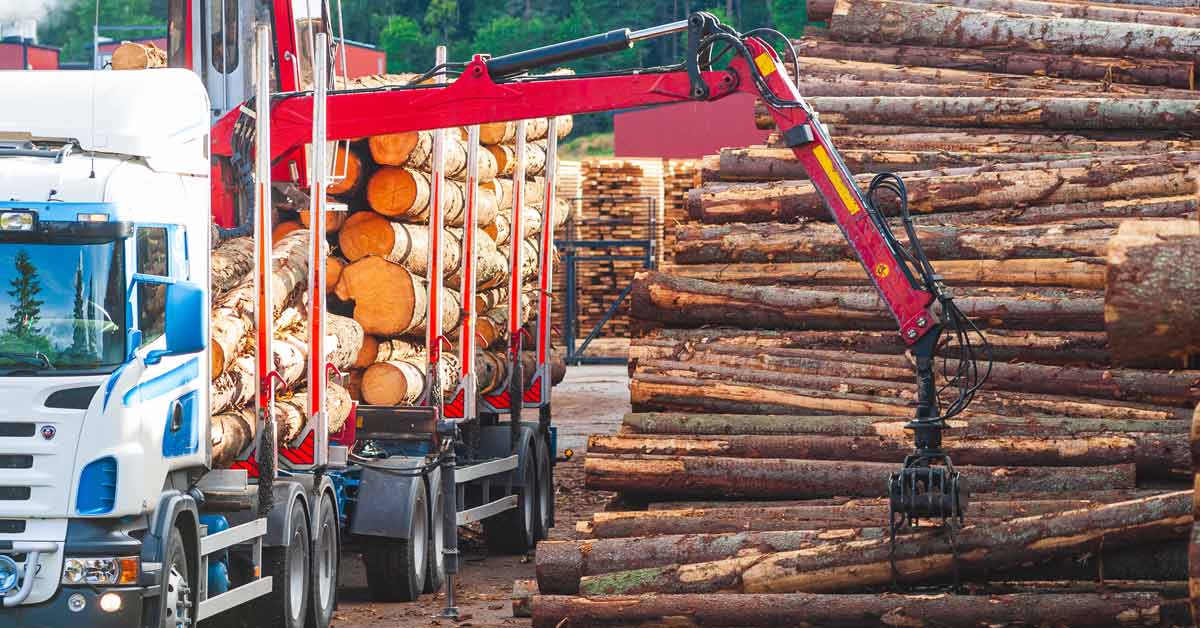1 min read
Vietnam’s Tissue Industry Grows Strong, But Challenges Loom
 Bruce Janda
:
Jul 7, 2025 2:06:01 PM
Bruce Janda
:
Jul 7, 2025 2:06:01 PM

Vietnam’s tissue industry is undergoing rapid transformation, driven by significant investments, modernization of production assets, and growing regional influence. As one of the region’s fastest-growing tissue producers, Vietnam is capturing the attention of industry stakeholders who recognize its potential to become a leading exporter.
However, this evolving market landscape also presents a spectrum of challenges—from operational efficiency and fiber sourcing to energy management and environmental impact.
Positioned for Regional Dominance
Vietnam's location is one of its greatest strategic assets. Nestled in the heart of Southeast Asia, its tissue mills—clustered around Hanoi and Ho Chi Minh City—are optimally placed to serve regional markets stretching from Australia to India. According to FisherSolve, Vietnam's tissue capacity has grown more than five-fold since 2007, with a projected CAGR of 11% through 2025.
This growth is substantiated by performance metrics: since 2021, Vietnam’s tissue exports have consistently exceeded import volumes, and the industry now operates one of the youngest and most advanced machine fleets in Asia.
Strength in Efficiency, But Risks Remain
Vietnam and Indonesia have emerged as leading tissue producers in the region, distinguished by their competitive production costs and strong operational performance. FisherSolve analytics—evaluating factors such as capital investment, product mix risk, and export-related expenses—place Vietnam near the top among its regional peers.
Still, risks remain. Although Vietnam is relatively energy-efficient, it relies heavily on high-carbon energy sources, particularly number 2 fuel oil. This drives up its Scope 1 emissions and exposes the industry to long-term environmental scrutiny.
Fiber Sourcing and Machine Modernization
Vietnam's tissue mills are increasingly relying on recycled fiber, with 55% of production sites producing some or all recycled content on-site. The country also sources fiber from Acacia and bamboo—both renewable, though not without ecological tradeoffs. The modernization trend continues, with a net gain of 14 new tissue machines over the study period, reflecting industry-wide efforts to boost efficiency and output.
Explore the Full Report
For a comprehensive understanding of Vietnam’s position in the tissue market, ResourceWise’s full report delivers in-depth data, detailed charts, and rigorous analysis. The report offers valuable perspectives on industry dynamics, operational benchmarks, and emerging challenges specific to Vietnam’s tissue sector.
Download the complete report to access the actionable intelligence and strategic insight needed to make informed decisions and stay ahead in this evolving market.




